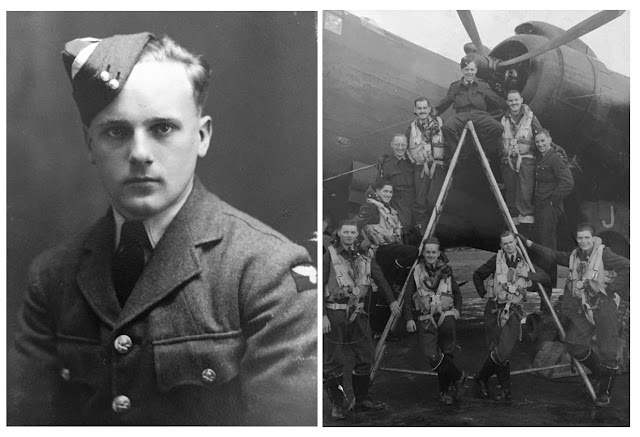Marriage Certificates
We have to look
back to 1753 with the introduction of the Marriage Act - or its full "An
Act for the Better Preventing of Clandestine Marriage", which was
popular known as Lord Hardwick's Marriage Act. This Act meant
that all marriage in England and Wales had to be legal. The Act came into
being on March 25th 1754. Before the Act, the legal requirements for a
valid marriage had to be governed by the cannon law of the Church of England.
This stipulated that banns should be called or a marriage license
obtained
Entry from Marriage Register, pre 1837.
With kind permission West Glamorgan Archive Service
This Act was replaced by the Marriage Act 1836, which allowed people to
get marriage in other denominations as well as Church of England in England and
Wales commencing from January 1st 1837.
July 1st 1837 marks the start of civil registry in England and Wales
The information that is provided by
the marriage records the named of the bridge, Ann Williams, Spinster, and
groom David Francis, Batchelor, that they lived in the Parish of
St. Marys
Banns of Marriage are the public announcement of an impending marriage
between two specified person. They are usually read out three consecutive
weeks before the marriage.
Marriage Licenses were introduced in
England and Wales in 1215. A License could be granted by an archbishop,
bishop or archdeacon on payment of a fee, this waived the notice period set out
by the banns. The reasons for a license to be obtained may be the parties
want to get married quickly, or marry from a parish away from home.
The First Marriage Certificate, 1837.
With kind permission West Glamorgan Archive Service
Above is the 'first' marriage in Swansea that had to have a
certificate. The marriage was of George Thomas and Sophia
Hardy, taking place at St. Mary's Church, Swansea which took plea on July
3rd 1837. We can see what further information is provided
Full Age means that
both parties were over the age of 21. We can see that Sophia
Hardy couldn't write so she left her mark
I purchased the marriage certificate
(see certificate below) of Henrietta Letitia Vivian and her
groom Clement Walker Heneage (below). It was
only after some research that I found out that Clement Walker Heneage was
awarded a Victoria Cross at the Indian Mutiny, 1858. The marriage was
under a License
What information can be found can be found from their certificate?
1. Where Married. In our example December 7th
1865
2. Name and Surname. The names given by the bride and
groom at the time of the marriage. In our example Clement Walker
Heneage and Henrietta Letitia Victoria Vivian
3. Age. The age given by the bridge and groom 'Of
full age' means that they were both over 21. With further
research we can find out that they were 34 and 28 respectively
4. Condition. This shows the martial statues of the
parties 'Batchelor' or 'Spinster' was used for those who were not
married before, which is in our example. Other cases could be 'marriage
dissolved' or 'widower/widow'
5. Rank or Profession. Don't assumed a woman didn't
earn money if there is a line next to her name. It was common to find
only a groom's occupation. In our example Walker Heneage's occupation
is stated as Major, 8th Hussars
6. Residence. The address given can be misleading as
some couple used temporary addresses to qualify for marriage in that parish.
In our example the address is given as Singleton, this
was Vivian's address. Walker Henerage had
come from Compton Bassett, Wiltshire
7. Father's Name and Profession. Those details are
vital for checking for the right certificate. No name would suggest
illegitimacy. In our example the fathers as George Heneage Walker
Heneage and John Henry Vivian they were both Esquires
8. Witnesses. Always check the witnesses on a marriage
certificate as they may reveal family connection. In our example (see pic
below), the witnesses included the two fathers, and Graham Vivian,
brother of Henrietta. Graham lived at Clyne
Castle.
9. Signature. Church records show actual signatures.
Those who could not write mark 'X'. Certificates with the
signatures obtained from the local registry are written by the registrar.
10. Married In....... Normally the parish church though
some marriage took place in a nonconformist chapel. In our example, St.
Pauls Church according to the rites and ceremonies of the Established
Church.
Interestingly, the Rector of Branston, Leicestershire, George
Sloane Stanley carried out with the service and not the vicar of St.
Pauls.
St. Pauls Church. is a fine Victorian Gothic building and was built
in 1849-50 by the renowned architect Henry Woodyer for Henry
Hussey Vivian. More details of parish churches will be in a future
article.
Copyright - The Bay Magazine, August 2015







Comments
Post a Comment